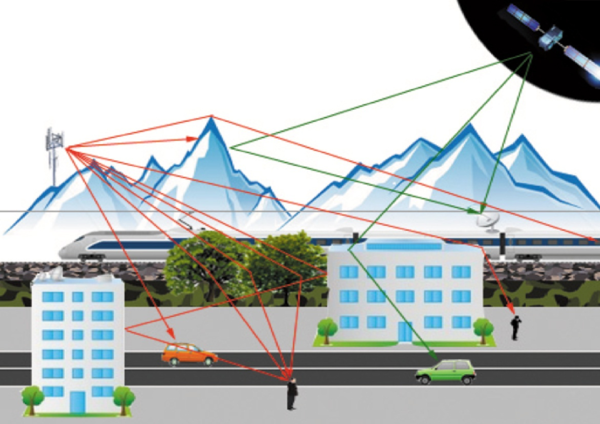
Eric Simon
Research Activities
Channel Estimation and Synchronization
Channel estimation and synchronization
In wireless communication systems, the transmission is done through a channel called "mobile radio". This means that there is a radio frequency transmission of information between two fixed or mobile terminals in the presence of different obstacles, with therefore multipath phenomena. In case of mobility of the transmitter or the receiver, the propagation conditions vary. This leads to the problem of maintaining reliable communication, from which the problems of channel estimation, synchronization (estimation of propagation delay and phase shift), and equalization (cancellation of the channel effect) are derived.
We study signal processing techniques to implement new algorithms, especially for channel estimation and synchronization.

5G
Current mobile access networks and their future evolutions in the context of 5G must meet ever-increasing constraints: a growing demand for spectrum resources, increasingly demanding services in terms of throughput and latency, etc.
We study the new techniques that 5G plans to implement to meet these challenges, including:
- Massive MIMO (Multi-Input Multi-Output): One of the approaches to address these constraints is the use of multiple antennas, also known as massive MIMO, i.e. by deploying a very large number of antennas. These techniques are of growing interest because they allow to increase the overall capacity, or alternatively to decrease the overall energy consumption of the networks, while guaranteeing a minimum quality of service to a large number of users. In both cases, this results in a significant increase in communication quality for users, as well as a decrease in operating expenses (OPEX) for mobile operators.
- Antenna selection: The objective is to determine which antennas should be selected for transmission, while others are disabled in order to optimize the overall energy efficiency. Several antenna deployment configurations are considered: distributed, localized or hybrid.
- NOMA (Non Orthogonal Multiple Access): NOMA is non-orthogonal power multiplexing to improve the energy and spectral efficiency of systems.
Measurements
We deal with theoretical aspects, with the development of new algorithms, and practical aspects based on measurements. Within our group, we have experimental, theoretical, and numerical expertise on the characterization, modeling and interference of the wireless propagation channel, from low to very high frequencies (up to 300 GHz). As such, the group has developed a scientific equipment called MIMOSA allowing the dynamic probing of the multidimensional wireless channel in real time.
Currently, it operates at 1.35 GHz in 16x16 MIMO mode with a bandwidth of 80 MHz and a funding request has been accepted to extend it to massive MIMO in the 3.5 GHz and 6 GHz bands. This equipment is unique in Europe in that it could also operate in both polling and communication modes. This flexibility offered by the MIMOSA architecture opens up innovative and original research perspectives in the field of sensor networks as well as in the field of more classical wireless networks, for static or highly mobile scenarios. We also have network and spectrum analyzers for measurements.




